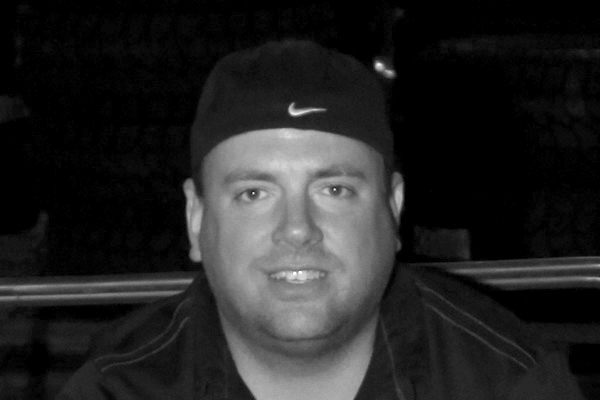
 Pete Trasborg
Brand Manager, Jp
Pete Trasborg
Brand Manager, Jp
We knew something was wrong, but not how to fix it. We had lost Reverse in our ’01 Wrangler’s NV3550 and the forward gears were hard to shift. So, we stopped driving the Jeep and started looking for answers. Then Reverse came back on out of the blue, and we were really confused. We knew from the clutch pedal travel that we were getting down to the end of the clutch’s life, but with more than 142,000 miles on the original clutch and lots of off-road abuse, that was to be expected. Our B&M shifter was getting kind of loose and it was getting hard to find the gears. And, occasionally, when we did find the gears and put it in Reverse, it would kick back out.

Normally when we start having transmission issues, we start looking for a better tranny that whatever we have. We looked at an NV4500, but it’s just too big and heavy for this Jeep. We also looked at Rockland Standard Gear’s Terminator bolt-in NV3550 replacement. But in the end our curiosity got the better of us, and we decided to dive into our NV3550 to see what was wrong.
We first attacked the problem ourselves trying to fix it by addressing easy stuff, and quickly learned we weren’t going to have any luck doing so at home. We are no strangers to transmission rebuilds and clutch swaps, but we didn’t just want to throw a ton of money at it possibly replacing things we didn’t have to. So, we got some expert advice and troubleshooting tips from professionals before finally figuring out the problem wasn’t just in the clutch or the shifter, but inside the transmission itself. To finally get the transmission back to good working order, we took a trip farther down the rabbit hole than we originally planned, but in the end we got ’er dun. We picked up a lot of cool information—not only about the NV3550 in particular, but also about clutches and transmissions and assembly procedures in general. In order to bring all the info to you, we split the story up into two parts. Tune in next time when we’ll reassemble the tranny and put it back in the Jeep.
PhotosView Slideshow










